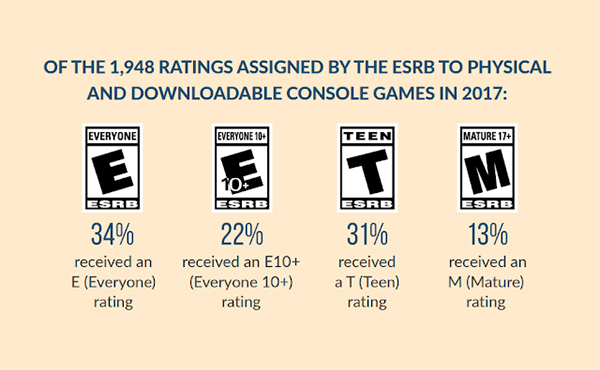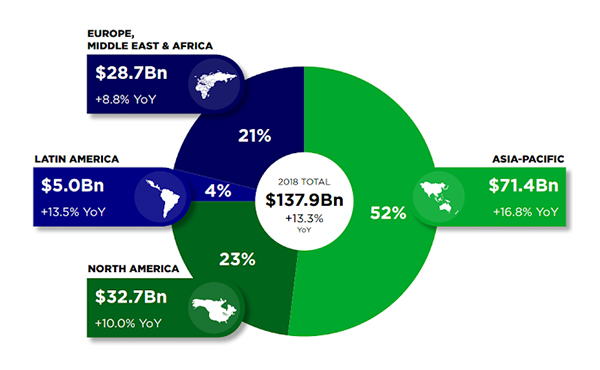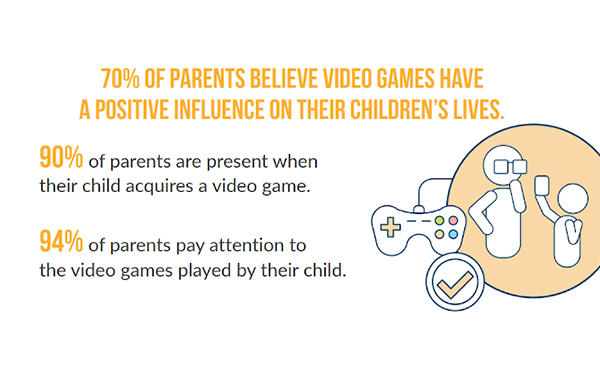성공적인 게임 현지화는 ROI에 대한 섬세한 분석으로 이루어져야 하며, 현지화에 대한 전문성뿐만이 아니라 게임 산업과 연구 동향에 대한 깊은 이해가 필요합니다.
예를 들어 국내와 같이 현지화가 신규 유저 유입률이나 게임 판매율에 큰 영향을 미치는 시장을 우선순위를 두고 자원과 기술을 활용하여 음성, UI, 게임 설명서 등 다양한 콘텐츠에 대한 현지화 프로세스를 최적으로 수립하여 출시 기간에 맞추어 완료해야 합니다.
한샘EUG는 급변하는 게임 시장에서 최적화된 현지화 솔루션을 제공하고자 여러 방면에서 노력하고 있습니다. 전문성을 갖춘 인력을 양성하고 학계에서 바라보는 현지화에 대한 통찰력을 얻기 위해 활발한 산학협동 활동 역시 이어나가고 있습니다.
Eva
LS Div.

좀 더 구체적인 내용이 아래와 같이 한샘EUG 영문 블로그에 게시되어 있습니다 (영문 블로그로 이동).
At HansemEUG, we focus on more than just the practical side of localization. We are always looking to stay ahead of the curve by also keeping a close eye on the field of academia. To this end, we started off the year by attending a special lecture on video game localization.
On 9th January, linguists from the localization service team attended a lecture by Miguel Ángel Bernal-Merino at the Hankuk University of Foreign Studies Seoul Campus (HUFS). HUFS is one of the leading universities in Korea with a specialty in languages. Dr. Bernal-Merino is a professor at the Department of Media, Culture and Language at Roehampton University of London and researches in-game localization and media translation. [Link to Bio]
This article summarizes the lecture.
Research into translation and localization of video games is relatively new because the birth of video games was only in 1950s. However, since then the industry has taken a huge leap from the first games involving simply pressing a button to the multifaceted medium video games have become today. Now, due to such a huge advancement, the widely used term “video game” does not fully reflect what they have become. Then, what are video games?
- Video games can be personalized to fit user preferences.
- They are powered by computer hardware and software, controlled by a keyboard (or other peripherals), and displayed on some kind of screen (TV, monitor, display)
- They can be used as part of a serious training program, being fully independent computer applications.
- They can offer detailed feedback without external supervision. Thematically, they can portray any topic or activity.
- They can involve written language, spoken language, images, music, sound, touch, and more.
Thus, the correct term for what video games are now is Multimedia Interactive Entertainment Software (MIES).
The MIES industry is large and still growing. There are 2.6 billion gamers worldwide and with new technology like augmented reality, the industry is growing in colorful ways. The common misconception of the MIES industry is that it is adult-male centric, targets English-speaking countries, and can result in gamers becoming violent and aggressive. The research findings on the industry tell us otherwise.
 The largest portion of the MIES sector is suitable for all ages. The smallest portion is for over 17s.
The largest portion of the MIES sector is suitable for all ages. The smallest portion is for over 17s.(*Source: ESA)
 The global games market by region shows that the non-English speaking market is in fact bigger than the English speaking market. This is attributed to the continued growth in smartphone gaming.
The global games market by region shows that the non-English speaking market is in fact bigger than the English speaking market. This is attributed to the continued growth in smartphone gaming.(*Source: Newzoo)
 Most US parents have a positive perception of MIES.
Most US parents have a positive perception of MIES.(*Source: ESA)
The diversity of games, players, and the MIES market itself is still growing. The larger MIES production companies are well aware of the need to localize games for various global markets and the effect it has on maximizing game sales. But localization of MIES involves more than localizing text and instead involves localizing the whole gaming experience to optimize the immersive experience and playability for the target market. This can include localizing character images, audio, and content with cultural sensitivity.
 Example: Click on the Youtube link below to see how characters’ voices are localized. [YouTube link]
Example: Click on the Youtube link below to see how characters’ voices are localized. [YouTube link]
Then, how can we achieve good MIES localization?
To answer that question, let us think backwards. How different do you think the result will be if a game was translated by someone who is well aware of the interfaces and story of the game and one translated by someone who has no idea about the game? Bad translations of MIES are not always because it was performed by an inexperienced translator, but because it was done with a lack of context and co-text.
Context information required for MIES localization includes:
- Textual, illustration, performance, and interaction information
- Text type and style e.g. technical, didactic, legal, journalistic, logographic, dialogic and literary text
- Semiotic and pragmatic information
- Purpose of the game and background information
Co-text information required for MIES localization includes:
- Full surrounding text of the string to translate
Over the years, the MIES industry has grown rapidly and created new jobs and research opportunities. A lot of research is being conducted considering semiotics, which looks at how signs are used for communication, and pragmatics, which considers how context contributes to meaning. Also, new job opportunities are appearing, such as linguistic play-tester, machine translation engineer, and MT post-editor.
At HansemEUG, we also strive to stay at the forefront of the fast-changing localization industry. Our linguistics team is certified with TAUS for post-editing and reviewing machine translations. We also have an extensive portfolio of successful localization projects for various products and solutions in the real world, where context or co-text is not fully provided for various reasons.
For any questions regarding the localization process at HansemEUG and how we can optimize localization for your specific needs, feel free to contact us anytime via our website.




